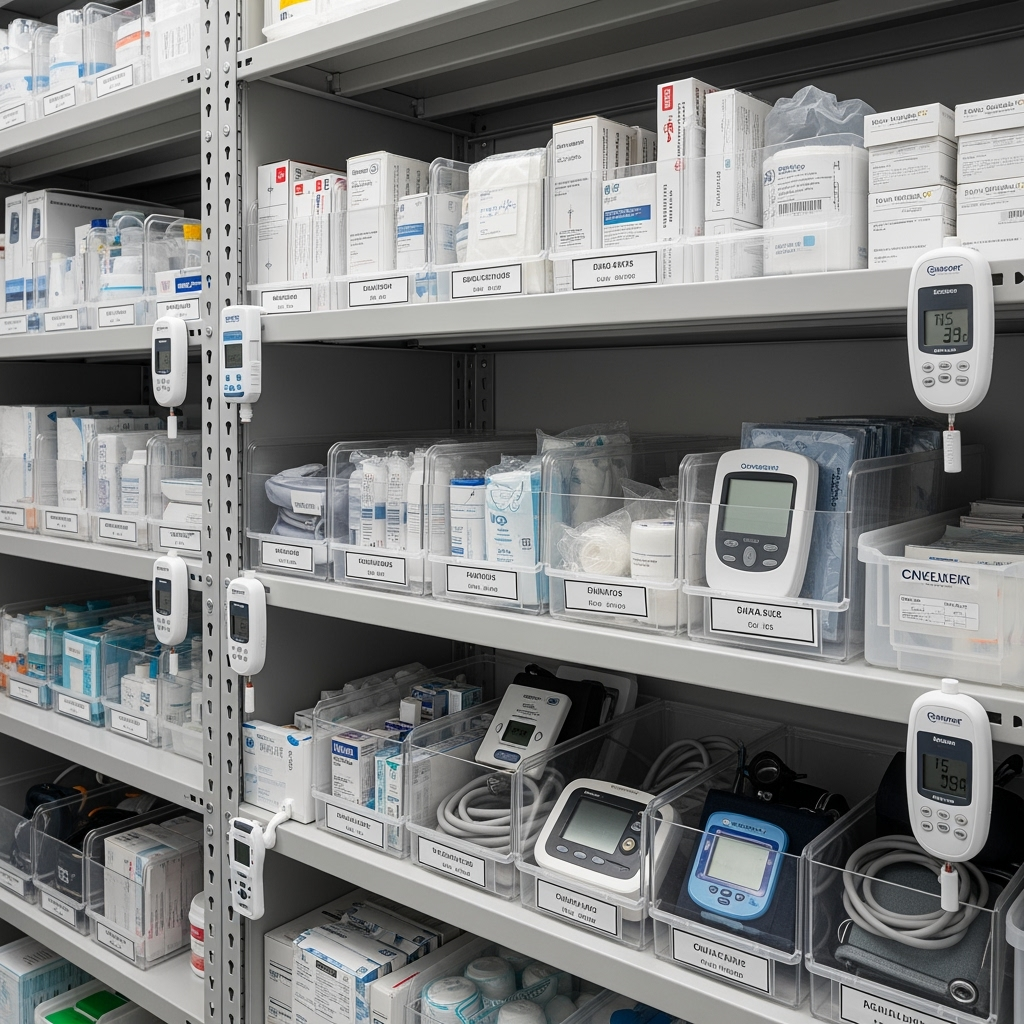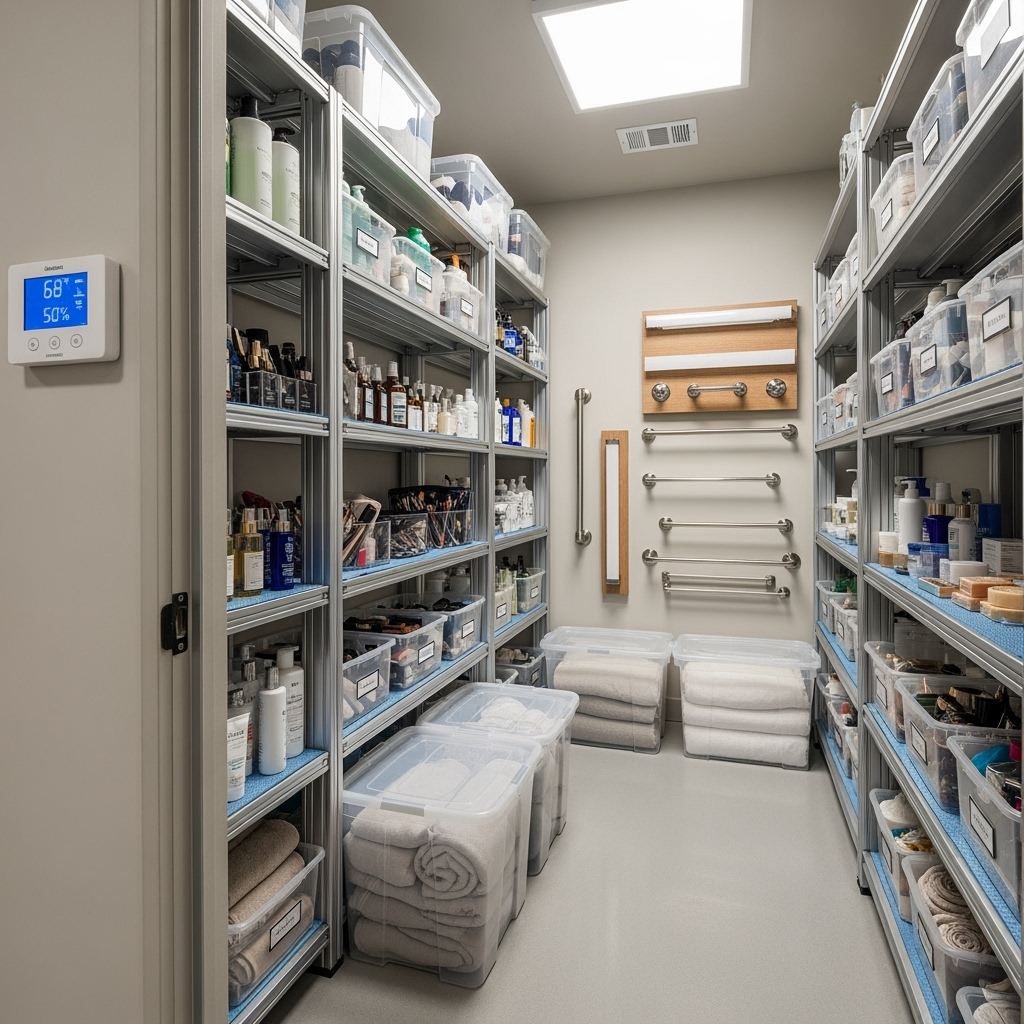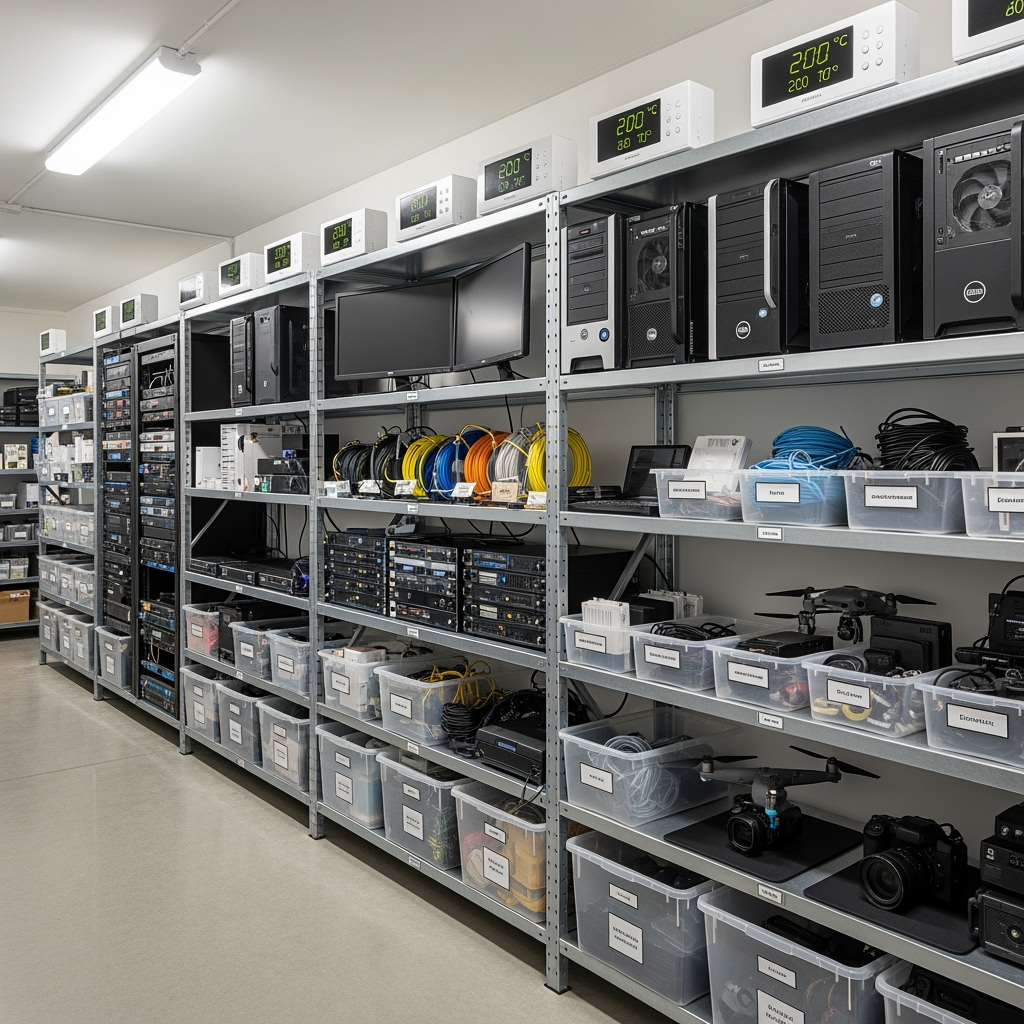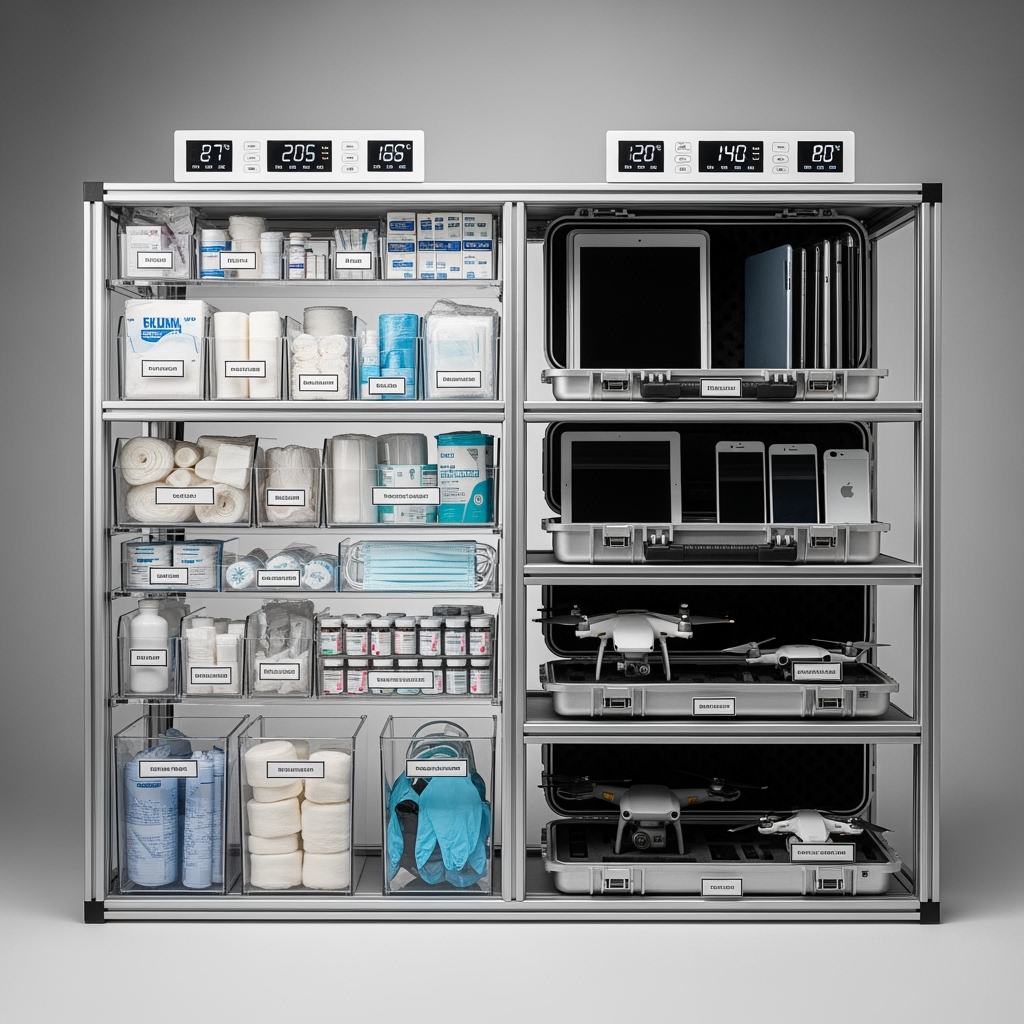Why Natural Disaster Preparedness Storage Matters
Living in areas prone to natural disasters requires strategic planning to protect your valuable belongings. Whether you’re facing hurricanes, floods, tornadoes, or wildfires, having a proper storage plan can mean the difference between preserving or losing your precious items. This comprehensive guide will help you understand how to effectively use storage solutions to protect your belongings before, during, and after natural disasters.
Choosing the Right Storage Unit for Disaster Preparedness
When selecting a storage unit in disaster-prone areas, consider these essential factors:
- Elevated location away from flood zones
- Climate-controlled environments to protect against humidity and temperature fluctuations
- Robust security features including 24/7 monitoring
- Easy accessibility during emergencies
- Backup power systems
What to Store: Priority Items for Natural Disaster Protection
Create a strategic storage plan for these important categories:
Important Documents
- Insurance policies and related documents
- Property deeds and titles
- Birth certificates and passports
- Financial records and tax documents
Valuable Items
- Family heirlooms and irreplaceable memorabilia
- High-value electronics and equipment
- Artwork and collectibles
- Important business inventory
Smart Packing Strategies for Disaster Preparedness
Protect your belongings with these professional packing tips:
- Use waterproof containers for sensitive items
- Elevate boxes on pallets or shelving
- Label everything clearly with waterproof markers
- Create a detailed inventory with photos
- Store items in airtight bags with moisture absorbers
Climate-Controlled Storage Benefits During Natural Disasters
Climate-controlled storage units offer crucial protection during extreme weather events:
- Consistent temperature regulation prevents damage from heat and cold
- Humidity control prevents mold and mildew growth
- Better air quality protection from smoke and debris
- Enhanced protection for electronics and sensitive equipment
Creating Your Emergency Storage Access Plan
Develop a clear plan for accessing your storage unit during emergencies:
- Keep unit information and access codes in multiple secure locations
- Create a priority list for item retrieval
- Share access information with trusted family members
- Map out multiple routes to your storage facility
- Save facility emergency contact information
Regular Maintenance and Updates
Maintain your disaster preparedness storage with these routine checks:
- Quarterly inspection of stored items
- Regular updates to inventory lists
- Rotation of seasonal items
- Check and update insurance coverage
- Review and update emergency contact information
Special Considerations for Businesses
Business owners should take additional steps to protect their assets:
- Store essential business documents and backup data
- Protect valuable inventory and equipment
- Maintain copies of business continuation plans
- Store emergency supplies for quick business recovery
After the Disaster: Storage Unit Assessment
Follow these steps after a natural disaster:
- Wait for official clearance to access the facility
- Document any damage with photos
- Contact your insurance provider if needed
- Check for water damage or contamination
- Evaluate items for professional restoration if necessary
Making the Most of Your Storage Investment
Maximize your storage unit’s protective potential:
- Regularly review and update your storage strategy
- Consider additional insurance coverage
- Maintain clear communication with facility management
- Keep emergency supplies in an easily accessible location
Conclusion
Natural disasters may be unpredictable, but your storage strategy doesn’t have to be. By following this comprehensive guide, you can ensure your valuable belongings remain protected during challenging times. Remember, the key to successful disaster preparedness storage is planning ahead and maintaining regular updates to your storage strategy.










Leave a Reply